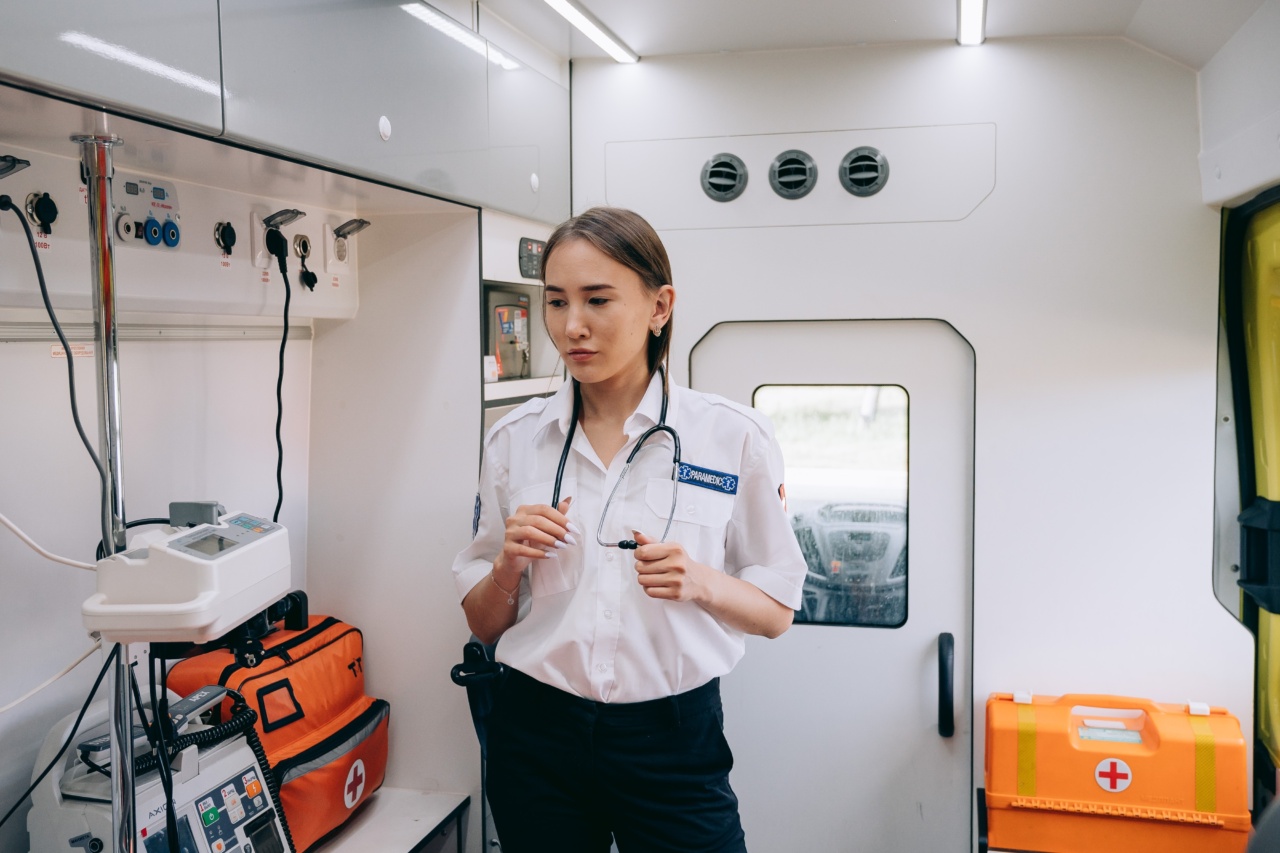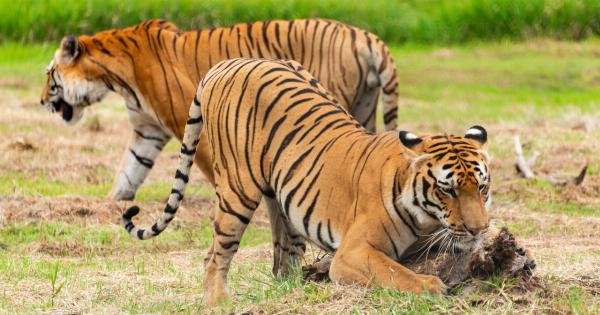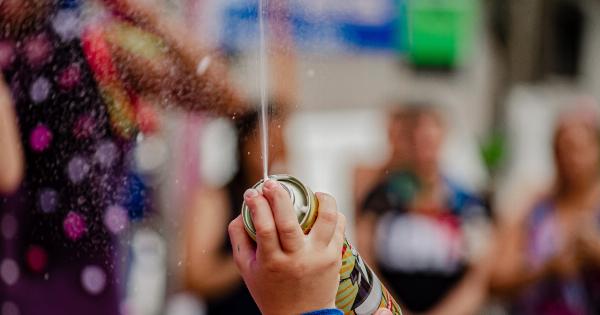Accidents and unexpected situations can happen at any time, including during the holiday season.
Whether you are celebrating at home or traveling to a new destination, it is crucial to be prepared for potential mishaps that may require immediate first aid attention. This practical guide aims to provide you with essential knowledge and skills to handle unexpected emergencies during the holidays.
From minor cuts to burns and more serious injuries, read on to ensure a safe and enjoyable holiday season for you and your loved ones.
1. Cuts and Scrapes
One of the most common mishaps during the holidays is getting cuts or scrapes. Stay prepared by having a well-stocked first aid kit that includes antiseptic wipes, adhesive bandages, sterile gauze pads, and medical tape. In case of a cut or scrape:.
- Clean the wound gently with warm water and mild soap.
- Apply gentle pressure to stop bleeding.
- Cover the wound with a sterile gauze pad and secure it with medical tape.
- If the bleeding persists or the wound is deep, seek medical attention.
2. Burns and Scalds
With all the cooking and festive decorations involving candles, burns and scalds are not uncommon during the holidays. Here’s what you should do in case of a burn or scald:.
- Immediately remove the source of heat or hot liquid.
- Hold the affected area under cool running water for at least 10 minutes to reduce pain and prevent further damage.
- If the burn is severe or covers a large area, call emergency services or visit the nearest hospital.
- Cover the burn with a sterile non-stick dressing, but avoid using adhesive bandages directly on the burn.
3. Choking
With holiday feasts and parties, there is often an increased risk of choking on food or small objects. Acting quickly is crucial in this situation:.
- If the person is breathing but coughing forcefully, encourage them to keep coughing to try and dislodge the object.
- If the person is unable to breathe, perform abdominal thrusts (Heimlich maneuver) by standing behind them, placing your hands above their navel, and delivering upward thrusts.
- Call emergency services immediately if the choking person is still unable to breathe or loses consciousness.
4. Sprains and Strains
Activities like winter sports and holiday shopping can lead to sprains and strains. If someone experiences a sprain or strain:.
- Encourage the person to rest and avoid putting weight on the affected area.
- Apply ice wrapped in a cloth or cold pack to reduce swelling and relieve pain.
- Elevate the injured area if possible.
- Apply a compression bandage to provide support.
- If the pain is severe or the person is unable to move the affected area, seek medical attention.
5. Allergic Reactions
During the holiday season, people often come across new foods or plants that may trigger allergic reactions. If someone exhibits signs of anaphylaxis:.
- Call emergency services immediately.
- If the person carries an epinephrine auto-injector, assist them in using it.
- Help the person to sit upright and loosen tight clothing.
- Monitor their vital signs until medical help arrives.
6. Hypothermia and Frostbite
When celebrating in colder climates or participating in winter activities, it’s important to be aware of the risks of hypothermia and frostbite:.
- Move the person to a warm area and remove wet clothing.
- Gradually rewarm the person by wrapping them in warm blankets or using your own body heat.
- Offer warm liquids if the person is awake and able to swallow.
- Seek medical attention immediately in severe cases or if symptoms persist.
7. Eye Injuries
Decorating, holiday crafts, and fireworks may pose risks of eye injuries. Here’s what you should do:.
- Gently flush the affected eye with clean water for at least 10 minutes.
- Avoid rubbing the eye, as it may cause further damage.
- Place a cold compress over the eye to reduce pain and swelling.
- If the injury is severe or there is persistent pain, seek immediate medical attention.
8. Heat Exhaustion and Heatstroke
Hot weather during certain holiday destinations can lead to heat exhaustion or even heatstroke. Take the following steps:.
- Move the person to a cooler area and loosen their clothing.
- Give them sips of cool water if they are conscious and able to swallow.
- Cool their body with wet towels or by spraying water and fanning.
- If the person loses consciousness or shows signs of heatstroke, call emergency services immediately.
9. Insect Bites and Stings
Outdoor activities and picnics can increase the chances of insect bites and stings. Follow these steps:.
- Remove the stinger, if present, by scraping it off with a blunt object.
- Wash the affected area with soap and water.
- Apply a cold compress to reduce swelling and relieve itching.
- If there is a severe allergic reaction or signs of anaphylaxis, seek immediate medical attention.
10. CPR and AED Use
In cases of sudden cardiac arrest or choking, immediate action can be life-saving. Learn how to perform CPR (Cardiopulmonary Resuscitation) and use an AED (Automated External Defibrillator).
Enroll in a certified training course to gain the necessary knowledge and confidence to respond effectively in emergencies.






























